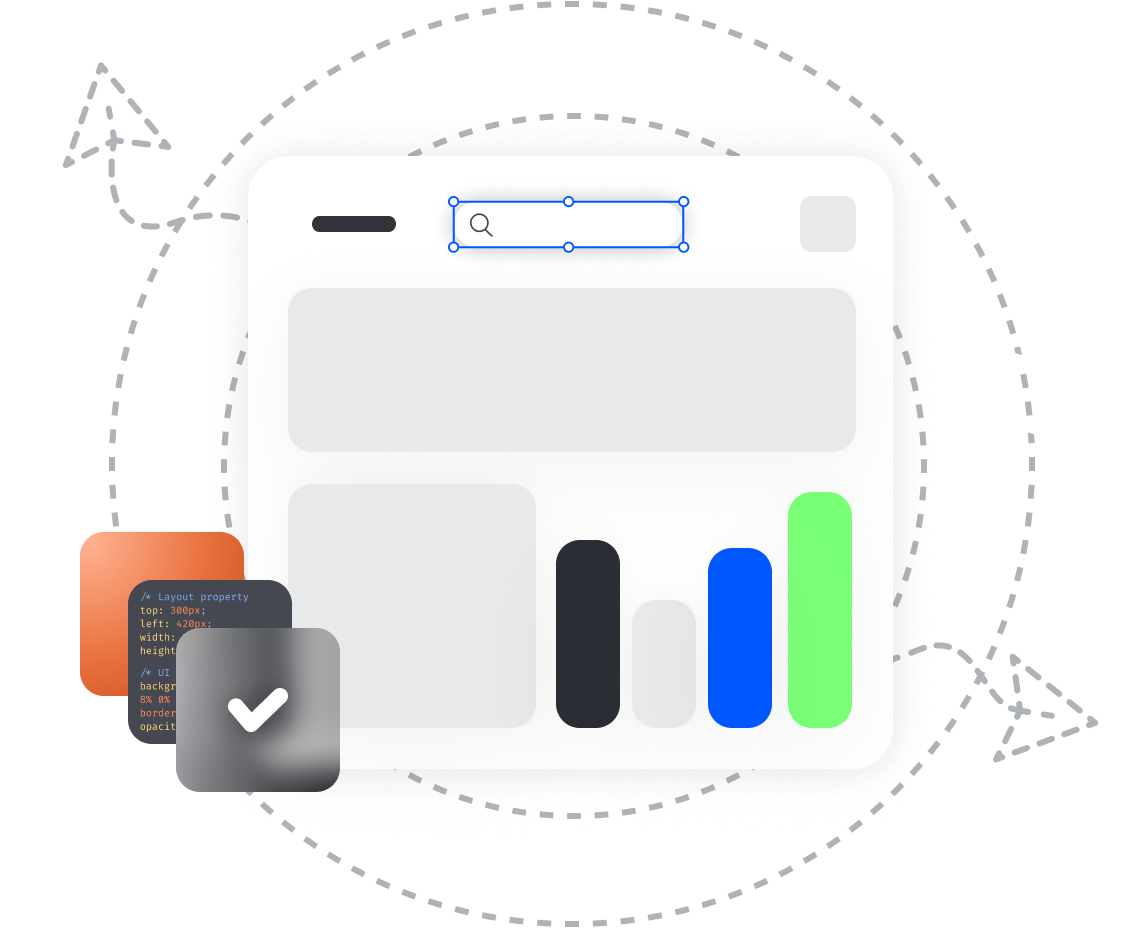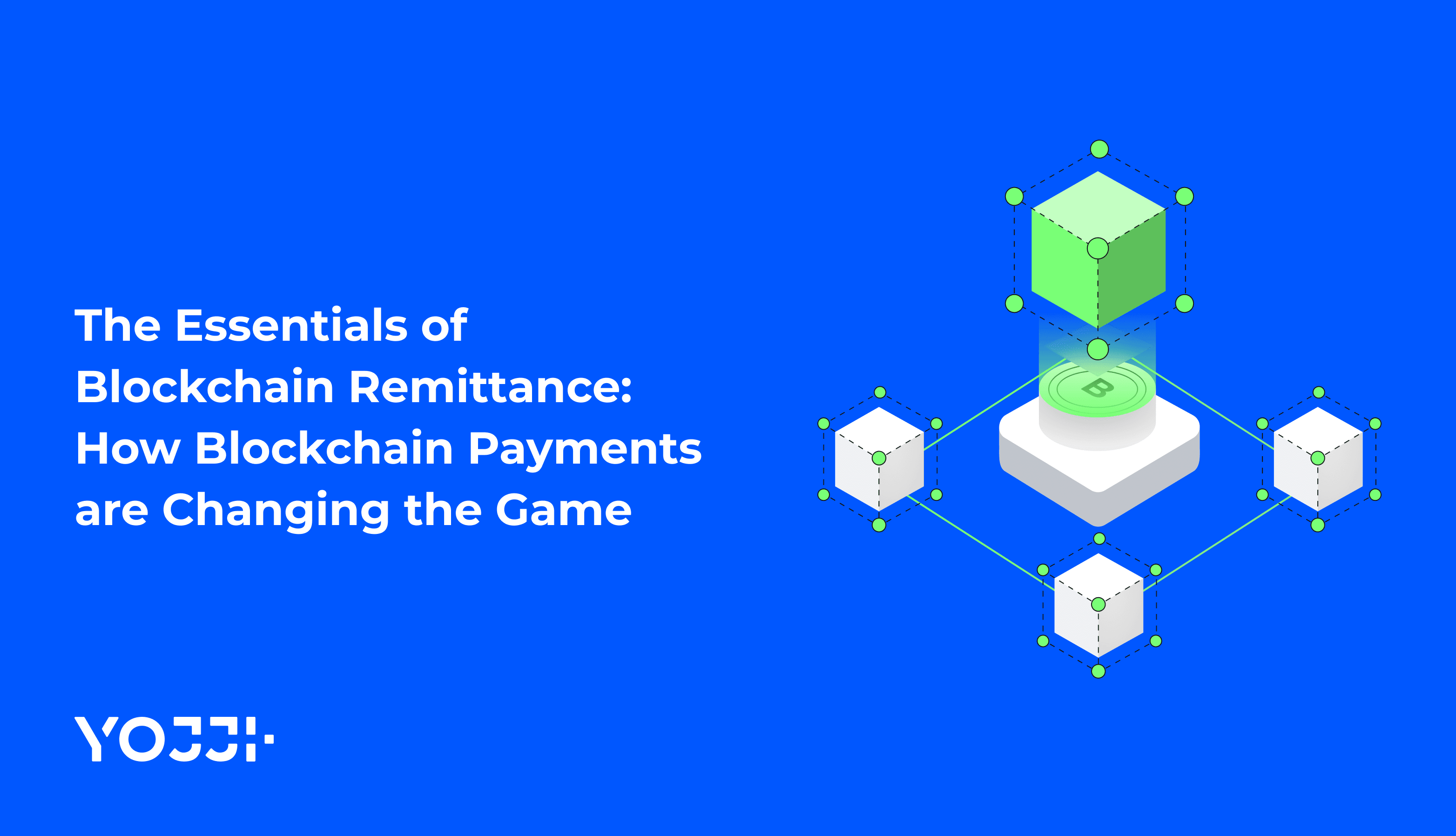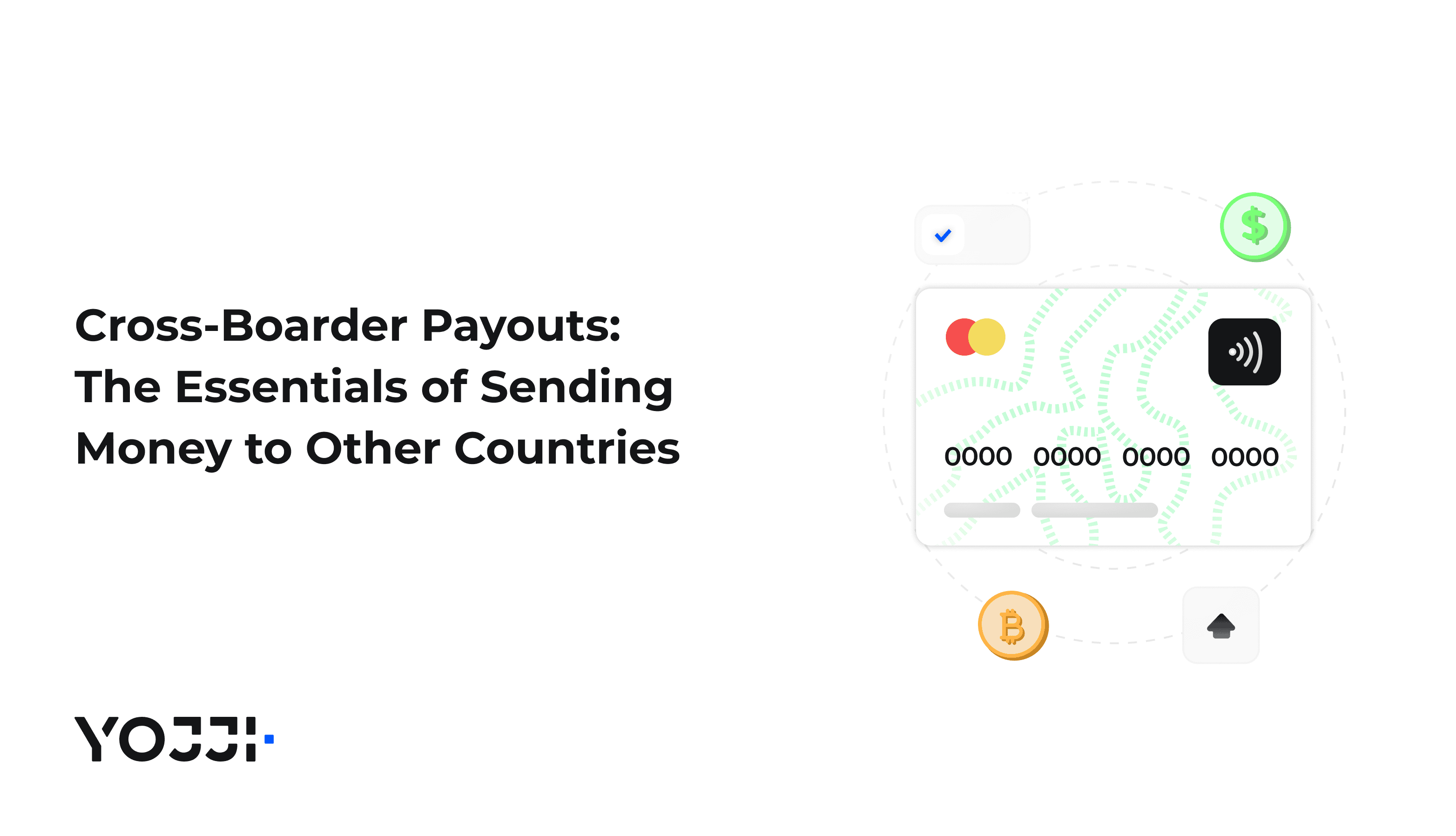MVP In Software Development: Why Does It Matter?

When a new software product is being developed, questions arise: how to build it properly, what feature set to implement first, how to get the best results with the minimum time and money expenses?
At this stage, you need to focus on creating an MVP (minimum viable product). In this article, we'll dwell a bit on what actually MVP is, its requirements, and what is needed to create it. Here we go!
A Bit Of Theory: What Is MVP?
In software development, an MVP is a product that has limited functionality, but it’s enough for consumers to start using it. It tests working hypotheses and helps get customer feedback.
We emphasize that an MVP is actually operating software. Very often this term is used to refer to something different, for example:
-
landing page with a contact collection form or presentation: this method of testing market interest is used in the lean approach, but it is not a viable version yet;
-
an untested product, just released by the development team, which cannot be used due to the number of bugs: this idea of an MVP is common in technical teams, but such a product will also not be viable;
-
software, to start using which you need to go through a complex training course or perform complex integrations.
Why MVP Development Is A High-Priority Task?
Any good startup is a new product that should be significantly different in its features from what is already on the market. When we put it into operation, we don’t know for sure what functionality aspect will be in demand – initial settings or what was planned to be added last. Here it is important to generate an MVP and be able to rebuild it.
You may have heard a saying: “If you are not embarrassed by the first version of your product, you've launched too late”. That's the truth, it just is. This doesn’t mean that you need to offer your customers a raw product. It's just that an MVP always requires further improvement.
The key is to start collecting feedback on product usage as quickly as possible. A minimum viable product will provide data for the further successful development of the product, that is why its development is a priority task.
Minimum Viable Product Requirements
-
The most important requirement for an MVP is that the product must deliver value. If the project is not finalized and is not useful to the client, no one will be interested in either a competent architecture, or excellent load resistance, or future extensive functionality.
-
It is necessary to implement the most useful functions cheaply and quickly, and leave the “goodies” for later.
-
A minimum viable product should be refined, full-fledged, clearly and competently fulfilling the assigned tasks, be sought-after and compelling.
Unfortunately, there are no clear criteria for the success of an MVP. At the start of any project, it is important to understand the limitations: time, cost, scope – this is a classic project triangle. These indicators depend on each other, so changing one of them, you need to adjust the others.

What You Need To Create An MVP
It’s quite difficult to compose detailed instructions on how to create an MVP. It all depends on the product type, market situation, team capabilities, etc. But in general terms, the process of the minimum viable product development can be represented as the following sequence of steps.
1. Define the main purpose of your product
In order to be in demand, your software product must solve a specific consumer problem. You need to understand why a potential customer needs your product and why they should purchase it. A detailed answer will help you figure out what tasks your MVP should solve in the first place.
2. Select your target audience
It's a huge mistake to create an MVP for a wide audience. A large amount of information and too many conflicting user reviews make it difficult to find a working product model. Therefore, you need to narrow your audience.
At this stage, describe the portrait of your ideal buyer – a person who will definitely be satisfied with your solution. The more accurately you describe your clients, the better. Consider their age, education, income level, interests, habits, etc. During the MVP testing process, offer the product to the audience that best matches the image of the ideal buyer.
3. Explore a competitive market
Even if you have come up with a really exclusive product, there may already be similar solutions on the market. Research the market for competitors. Find out exactly what competitors are offering, what market share they occupy, how they attract customers.
4. Perform a SWOT Analysis
SWOT analysis is a strategic planning technique. Its essence lies in the analytical factors that affect the object under study.
Specifically, you need to define the product’s strengths, weaknesses, opportunities, and threats. The purpose of a SWOT analysis is to focus on benefits, identify and minimize shortcomings, prevent potential threats, and fully exploit development opportunities.
5. Specify the user flow
After you have analyzed the future product, it's time to evaluate it from the consumer’s perspective. You need to understand the order of actions for users to purchase your minimum viable product. The customer flow should be short, simple, and convenient.
6. Select main features
Perhaps your final product will fulfill several functions at once. But the sheer number of possibilities in the testing phase will only confuse consumers.
First, highlight the features that allow you to perform the main function of the software product. There should not be many such functions – and they will form the basis of an MVP. Sort all other features by importance – you will add them after launching the product, collecting feedback and analyzing the test results.
7. Run Alpha and Beta MVP test
Launch the first version of the product for a narrow group of consumers – most often friends and family. This is so-called alpha or in-house testing. If there are no flaws, you can proceed to beta testing – offering the product to real consumers. After one to two weeks, collect and analyze the feedback. Refine the MVP and test again.
The duration and number of test-revision cycles entirely depend on the product and on how quickly it will be possible to come up with a final version.
What To Choose: In-House Development And Outsourcing?
There are two ways to go with MVP development: in-house development and outsourcing. Each approach has its own pros and cons. Each of them determines the cost of developing an MVP as well.
When working with your own employees, you know what to expect from them. In-house team members tend to be more interested in the end result and easy to manage. This all sounds good, but there is one significant drawback – the budget.
Hiring full-time developers is always very expensive. An in-house team needs a workplace, paid holidays, and other kinds of mandatory expenses. Hiring in-house specialists takes a lot of time and effort. And every mistake you make when hiring the wrong candidates will affect your budget.
Regardless of the type of your product, you need to launch an MVP quickly and with minimal costs – this can be a decisive factor in the development of your business. From this perspective, the best solution is to outsource the MVP development to a team of professionals. You’ll get all the advantages of a full-fledged team of developers for much less money.
You’ll need a reliable partner who can handle all of these twists and turns and provide you with prompt changes in design and functionality. We can and know how to do it.
Choosing to cooperate with Yojji, you get a working product with cool visualization – ready to be launched and tested on real users.
Overall, we are able to support you at all stages of the software development process: analytics, creating prototypes and mock-ups, the MVP building, and further product development. Get in touch – and let's implement your project together!

Yojji successfully delivered the project within schedule. They demonstrated excellent project management via weekly sprint demos and promptly made adjustments based on the client's feedback. Their responsiveness and collaborative attitude were key elements of their work.

5.0
Yojji was an instrumental part of the client’s team, working closely with them to achieve the product’s success. The team was very collaborative and timely, and their performance was amazing. Additionally, their resources were experienced, professional, and enjoyable to work with.

5.0
Yojii is impressive both in quality of development work as well as their commitment. Strong focus on delivery, highly technical personnel, flexible approach that allows for rapid development. Strong processes that allow for solid controls.

5.0
We’re very happy with the way that Yojji works, which is why we’ve spent so much money and engaged them for such a long time. We treat them as employees in regard to responsibilities and expectations, and they haven’t disappointed us.

5.0
As a company, we find Yojji to be excellent development partners - we cannot recommend them more highly and will be very happy to continue working with them in the future.

5.0
They are really nice people with excellent technical backgrounds.

5.0
We used Agile project management methodology and were in contact with the team and project manager daily.

5.0
They all had a super positive outlook and were dedicated to getting the work completed to a high standard.

5.0
Yojji has delivered an accessible product with thorough consideration for the client's requirements. Users have commented on the platform's user-friendliness and speed. Moreover, the team is easy to communicate with and provides frequent updates. Their development and design skills are impressive.

5.0





